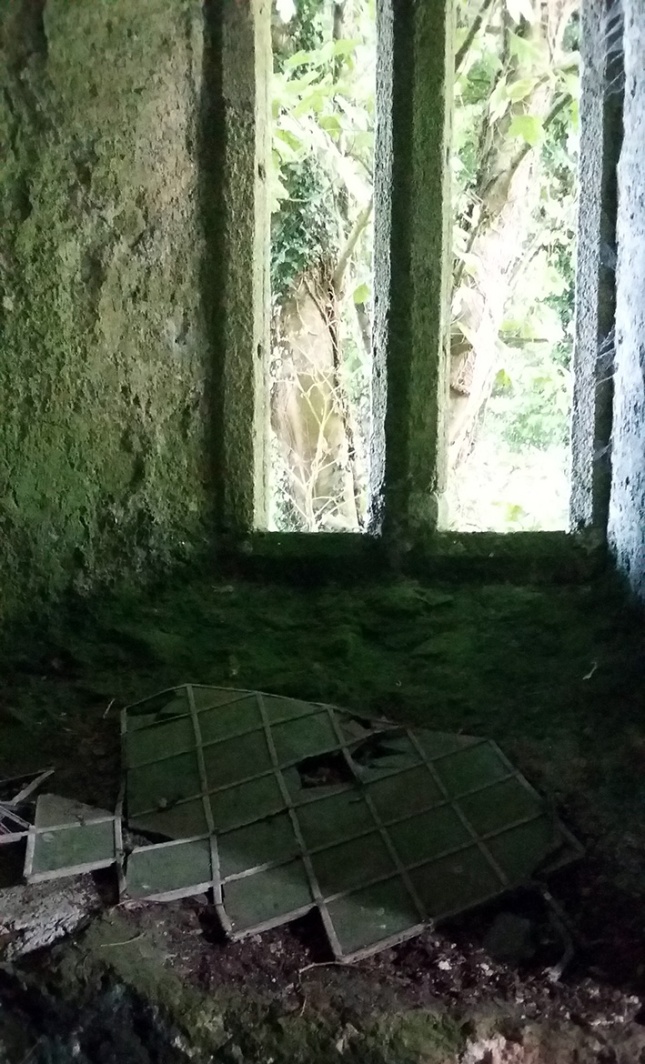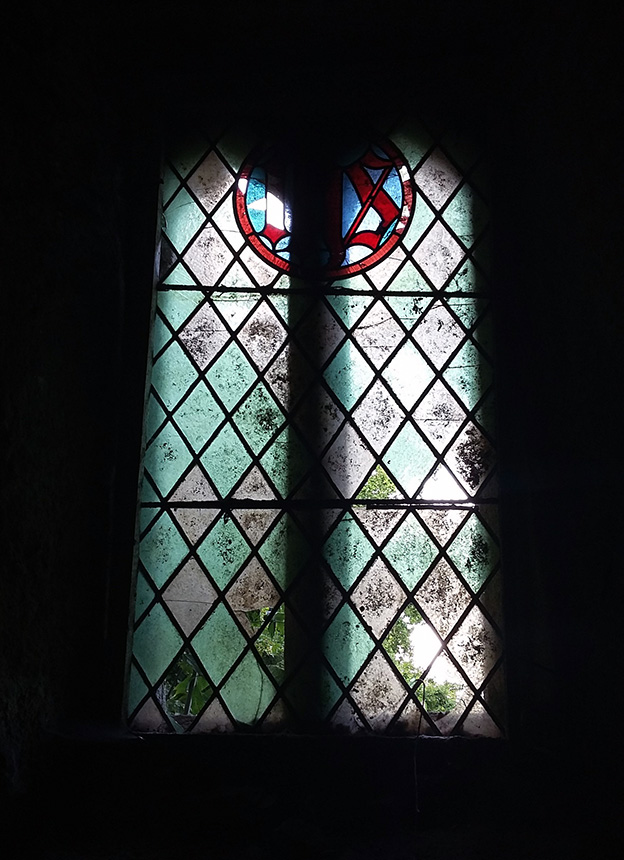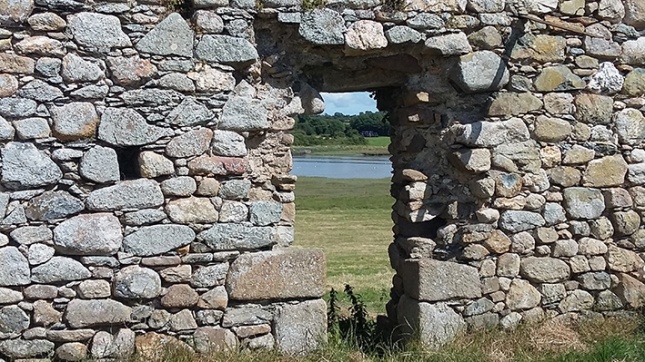
“Some day my prince will come”…but if he doesn’t, it’s always good to have a Plan B. Like, castles. Lots of them. Preferably near by.
Lucky for me, there are seven of them just a stone’s throw away and – for one last time this year – the landowners will be throwing open the gates tomorrow and allowing us to gawk and gape at their splendour.
Many of those who have passed through Wellingtonbridge in south Wexford will know what I’m talking about – the magnificent seven castles of Clonmines; allegedly, the best-preserved Medieval town in Ireland. While it may be difficult to picture it now (they are, afterall, a collection of well-placed stones in a field), these intriguing and majestic remains were once a thriving urban centre with strong transport links thanks to its two – possibly three – quays. While pinning down population is difficult, it is believed that it was of a similar size to Wexford town during the Middle Ages.
Because this important heritage site is located slap, bang in the middle of a working farm, it is normally closed to the public. However, the Codd family decided to host a number of open days this summer and, with a large crowd attending each of the first four, it really is last chance saloon for the historically curious as the final open day of 2017 takes place tomorrow (Saturday, August 26) from 3 p.m. to 7 p.m.
If you’ve never been – go!
While the ruins are merely a fragment of this almost-forgotten town, visitors will not be disappointed thanks to features such as the Jacobean house gable, the bawn wall and tower, and the tower house (now the family home). However, the most intriguing and intact buildings have got to be the Black Castle, the abbey and the two churches.
The Black Castle, or Fitzhenry’s Castle as it’s also known, is the rectangular-shaped building closest to the old church and graveyard across the river at Ballylannon (a popular spot to pull in for a quick peek across at Clonmines). It originally had four floors, with the first and second floors having windows with seats and fireplaces. Other features include a garderobe and (look up as you go through the door) a machicolation.
Located closest to the water, the Augustinian abbey is simply spectacular and packed with architectural gems. It dates from 1317 (although further work was carried out in the 1380s) and is believed to have been built outside the town boundary but resting against its walls.
The Church of St Nicholas dates from the 1200s and, interestingly, is on a different alignment to the abbey. It operated as the parish church and has a number of interesting features, as well as grave plots within and around it.
The fortified Cowboy Church is the stuff of legend! Was it the work of a lowly cow hand who made his fortune or (depending on your source) was it a bank, seminary or collegiate church? Dating from the 1400s, it was certainly used as a chapel (perhaps when the parish church fell into disrepair) and has a beautiful rib vault ceiling which is a sight to behold.
Part of the lure of this wonderful site is its mix of religious, commercial and defensive features. While much is known about these, there is still great mystery attached to Clonmines and many questions yet to be answered.
Below ground, the town has held onto lots of its secrets but archaeologists Paul Murphy and Arnaud de Volder have spent many years conducting surveys of the site (including geophysical and magnetic) and are gradually teasing out answers about the layout of the town, its focal points, possible earlier structures and clues about activities that may have taken place.
While Clonmines is thought of as a deserted Medieval town, during his talk at a previous open day, Arnaud made the point that it is not deserted: the townsfolk, the sailors and the clergy may have gone but a family (the Suttons until 1849 and the Codds since then) has remained and continue to live in the footprint of the town.
With National Heritage Week drawing to a close this weekend, the guest speaker tomorrow (Saturday, August 26) will be Ian Doyle, Head of Conservation at the Heritage Council. There is a small entry fee and gates will be open from 3 p.m. to 7 p.m., with a walking tour at 5 p.m. For more information, visit www.clonmines.ie
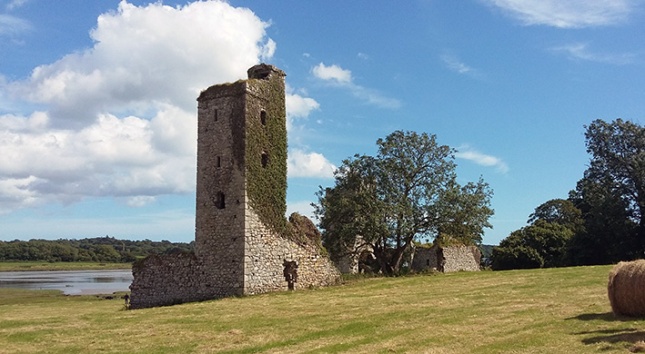
The tower and wall marking the town boundary.

The Augustinian abbey.
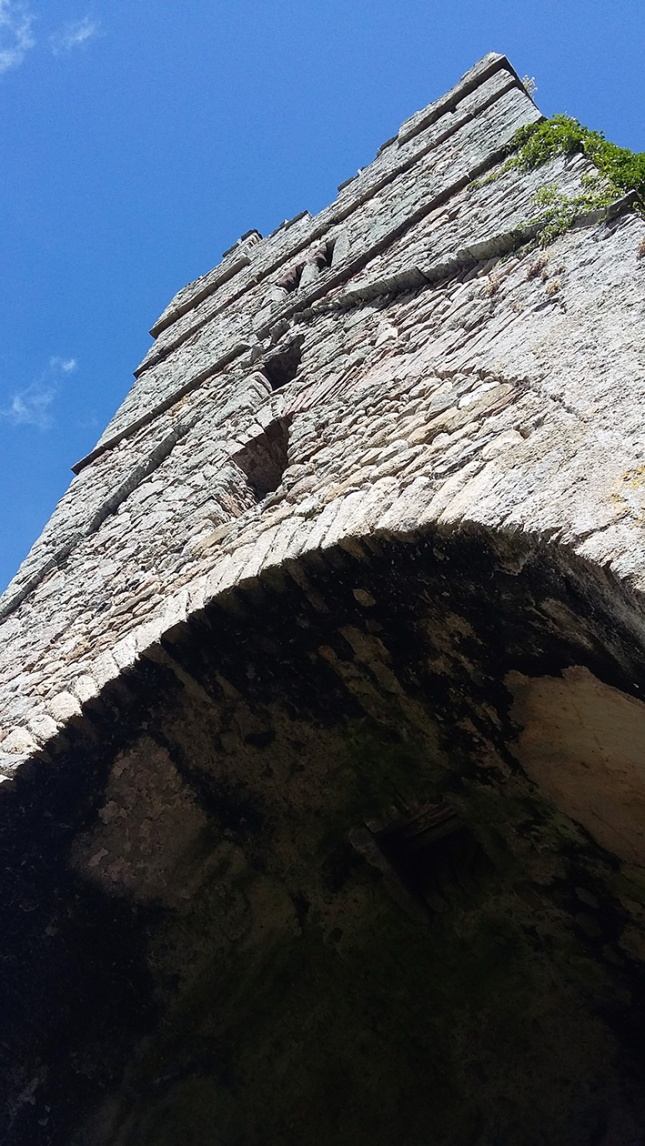
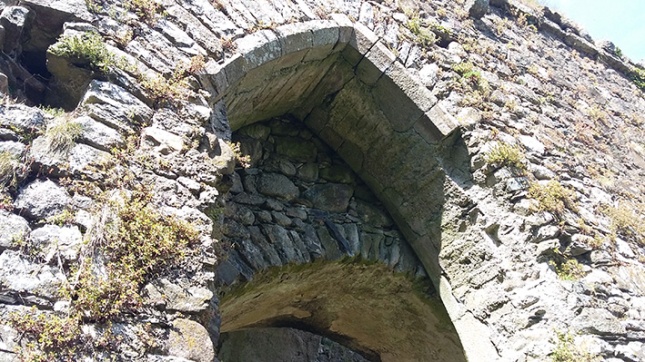
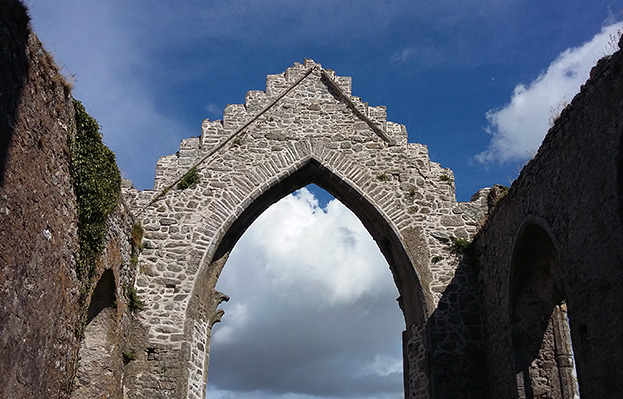
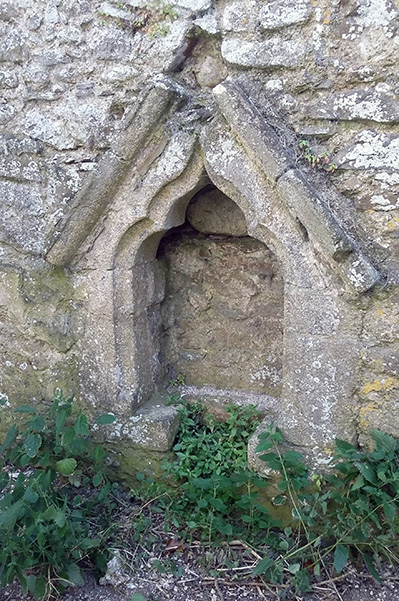
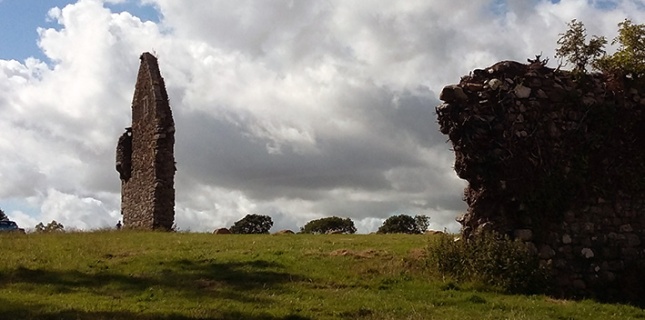
The lonesome gable end of a fortified house.
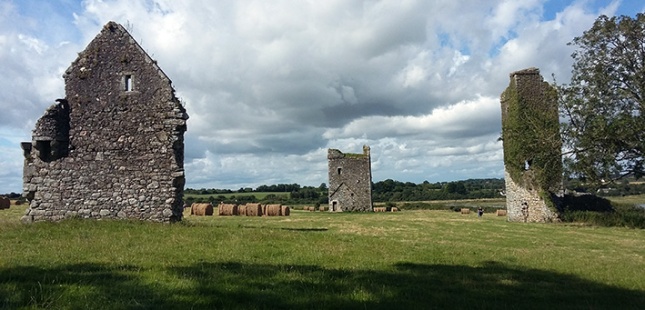
(From left) The Jacobean house gable end, the Black Castle and the tower and bawn wall.

The Black Castle.

The machicolation above the door of the Black Castle.
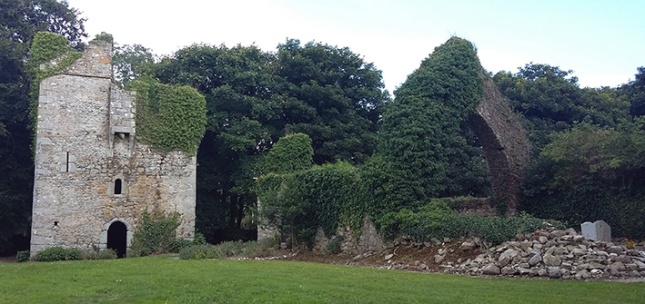
The Cowboy Church and parish church.

The Church of St Nicholas.

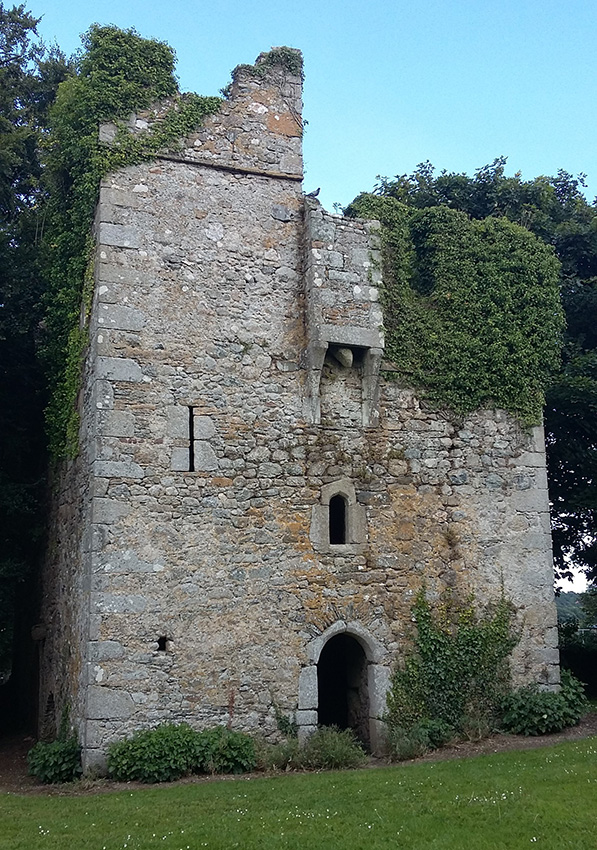
The Cowboy Church.
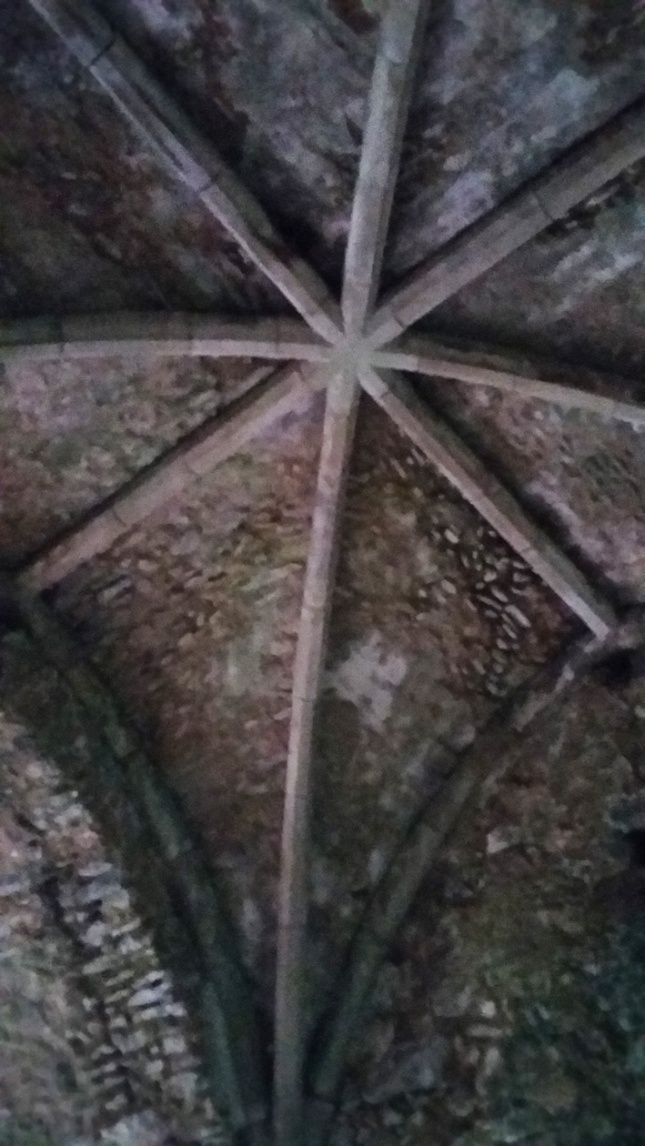
The beautiful ceiling inside the Cowboy Church and (below) further details from inside the building.
